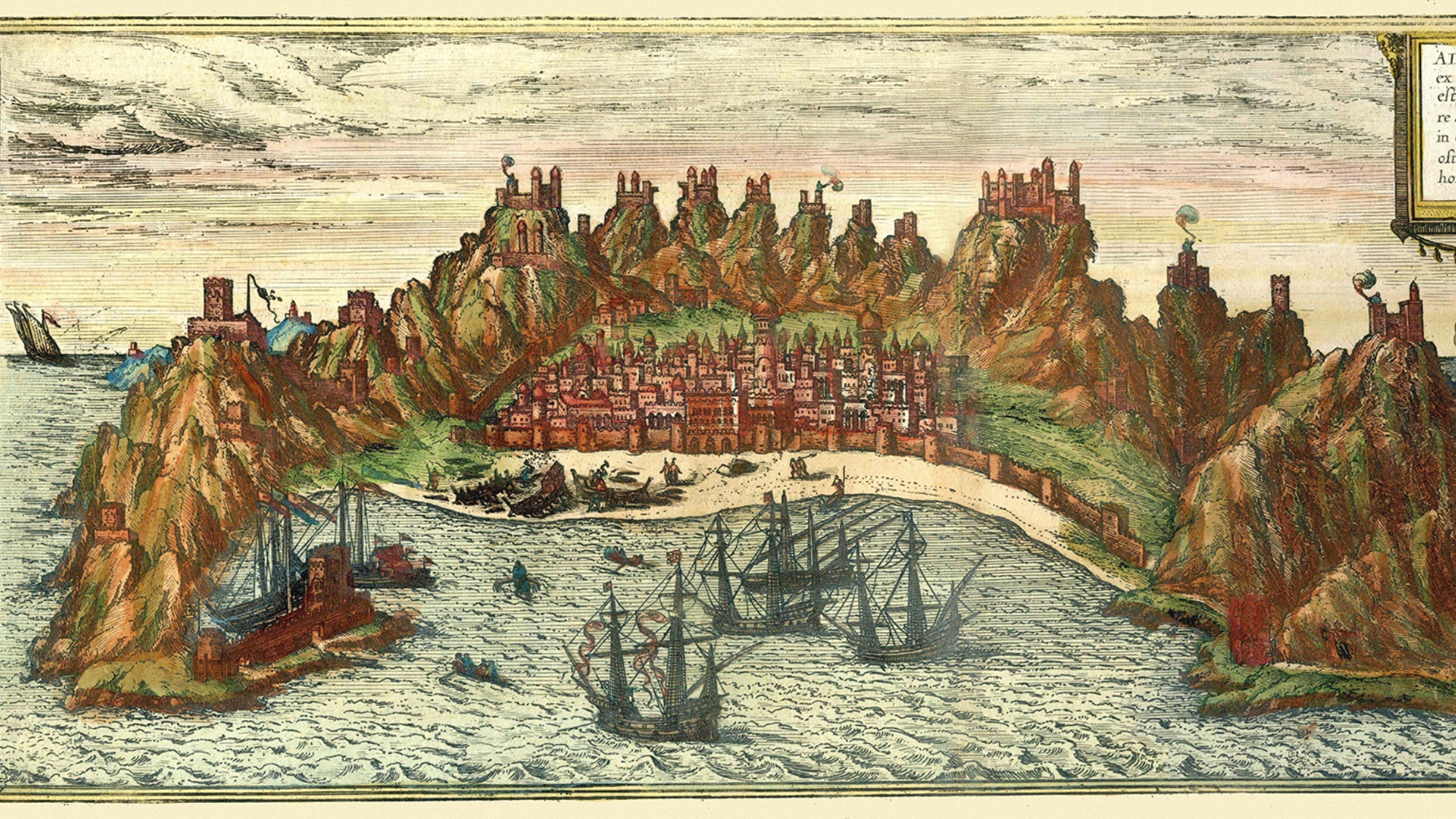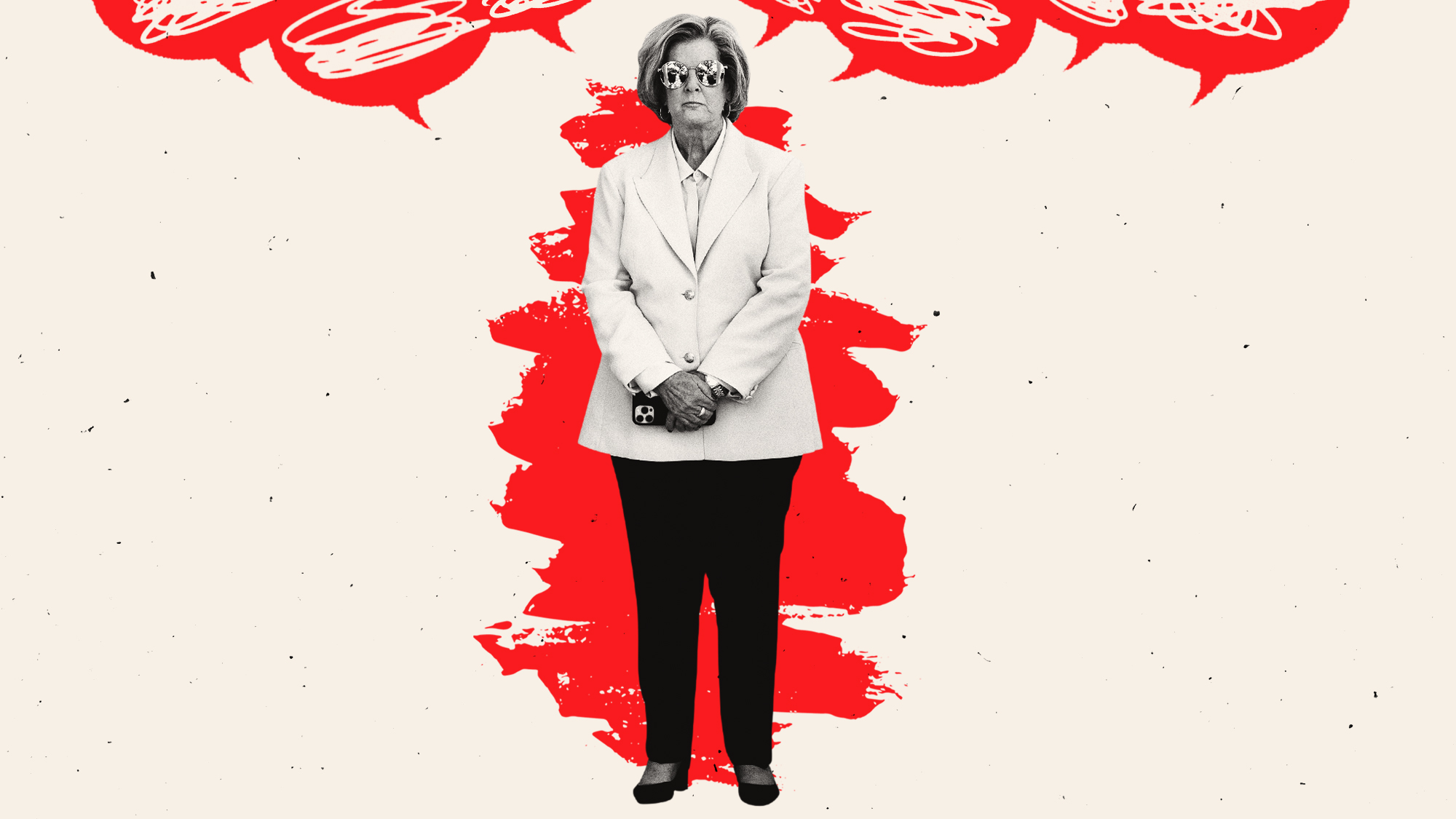64 years ago, Gallup asked Americans what it would mean to be led by women. Here's what they said.


Hillary Clinton's poll numbers are dropping due probably to what an exasperated Washington Post editorial board calls "a minor email scandal" that has dragged on for more than a year. A recent CNN/ORC poll, for example, found that 50 percent of likely voters view Donald Trump as more honest and trustworthy — including 11 percent of Clinton supporters — while 35 percent of voters say the same of Clinton. In the same poll, voters don't seem hesitant about a female in the Oval Office, with 56 percent saying Clinton has the better temperament to serve effectively as president (versus 36 percent for Trump) and 50 percent saying she's better able to handle the responsibilities of commander in chief (versus Trump's 45 percent).
Sixty-four years ago, according to Gallup, those numbers might have been reversed. In 1952 — 32 years after American women won the right to vote — a 46 percent plurality of American adults disagreed that the country would be better governed "if there were more women in Congress and holding important government positions," while a 56 percent majority told the pollster that more women in "important positions in the federal government" would mean less "graft and corruption."
At the time, George Gallup said he decided to ask those questions because "the whole role of women in politics is taking on increasing importance," and "with women participating more in voting, the question arises as to what kind of government we would have if more women ran for public office." In 1952, there were 11 congresswomen (five of whom were holding the seat of a late husband) and one female senator, Margaret Chase Smith (R-Maine). Today, there are 20 female senators and 88 women in the House. You can read more about how times have changed at Gallup.
The Week
Escape your echo chamber. Get the facts behind the news, plus analysis from multiple perspectives.

Sign up for The Week's Free Newsletters
From our morning news briefing to a weekly Good News Newsletter, get the best of The Week delivered directly to your inbox.
From our morning news briefing to a weekly Good News Newsletter, get the best of The Week delivered directly to your inbox.
A free daily email with the biggest news stories of the day – and the best features from TheWeek.com
Peter has worked as a news and culture writer and editor at The Week since the site's launch in 2008. He covers politics, world affairs, religion and cultural currents. His journalism career began as a copy editor at a financial newswire and has included editorial positions at The New York Times Magazine, Facts on File, and Oregon State University.
-
 ‘Capitalism: A Global History’ by Sven Beckert and ‘American Canto’ by Olivia Nuzzi
‘Capitalism: A Global History’ by Sven Beckert and ‘American Canto’ by Olivia NuzziFeature A consummate history of capitalism and a memoir from the journalist who fell in love with RFK Jr.
-
 Who will the new limits on student loans affect?
Who will the new limits on student loans affect?The Explainer The Trump administration is imposing new limits for federal student loans starting on July 1, 2026
-
 Why does Susie Wiles have MAGA-land in a panic?
Why does Susie Wiles have MAGA-land in a panic?TODAY’S BIG QUESTION Trump’s all-powerful gatekeeper is at the center of a MAGA firestorm that could shift the trajectory of the administration
-
 Nobody seems surprised Wagner's Prigozhin died under suspicious circumstances
Nobody seems surprised Wagner's Prigozhin died under suspicious circumstancesSpeed Read
-
 Western mountain climbers allegedly left Pakistani porter to die on K2
Western mountain climbers allegedly left Pakistani porter to die on K2Speed Read
-
 'Circular saw blades' divide controversial Rio Grande buoys installed by Texas governor
'Circular saw blades' divide controversial Rio Grande buoys installed by Texas governorSpeed Read
-
 Los Angeles city workers stage 1-day walkout over labor conditions
Los Angeles city workers stage 1-day walkout over labor conditionsSpeed Read
-
 Mega Millions jackpot climbs to an estimated $1.55 billion
Mega Millions jackpot climbs to an estimated $1.55 billionSpeed Read
-
 Bangladesh dealing with worst dengue fever outbreak on record
Bangladesh dealing with worst dengue fever outbreak on recordSpeed Read
-
 Glacial outburst flooding in Juneau destroys homes
Glacial outburst flooding in Juneau destroys homesSpeed Read
-
 Scotland seeking 'monster hunters' to search for fabled Loch Ness creature
Scotland seeking 'monster hunters' to search for fabled Loch Ness creatureSpeed Read
